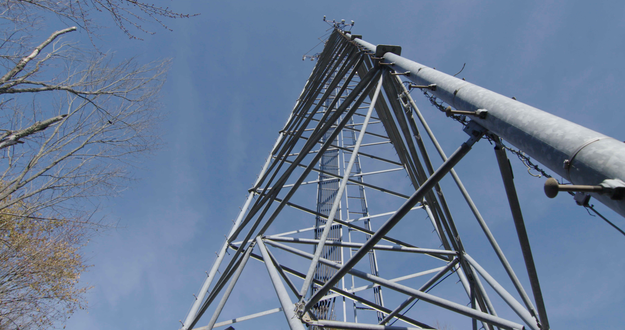
Verizon
One million people — Trump supporters, protesters, politicians, dignitaries, and members of the press — are expected to attend Donald Trump's inauguration in Washington, DC on January 20.
These crowds of people are going to be sending iMessages, Snapchatting, tweeting, and streaming video nonstop. And when a large number of people gather in an area covered by only one or a handful of cell service sites — say, at an event like the inauguration or a music festival — that infrastructure quickly becomes overwhelmed by network traffic jams. Here&039;s how major cell carriers have been preparing to handle the deluge of calls, texts, and data at the 2017 inauguration.
Scott Mair, AT&T senior vice president of network planning, told BuzzFeed News in a statement, “During the 2013 Inauguration, our customers in the National Mall area set what was then a record on our network for a single-day event: more than 527 gigabytes of data, with the peak level of traffic on the National Mall hitting 110 gigabytes of total traffic during the 11 am hour, leading to the swearing in ceremony.”
It&039;s likely that twice as many of the million attendees will own smartphones than did in 2013. AT&T said that mobile data usage in Washington, DC increased 16-fold from 2009 to 2013, coinciding with a rise in smartphone ownership. And in a nationwide survey, Pew Research said that 35% of American adults owned a smartphone in 2012, whereas more than 72% did in 2016.
Those extra smartphone owners will likely be using more data per capita than the inauguration attendees of 2013, too. According to AT&T, mobile data usage has skyrocketed 250,000% since 2007 in the US. The company also expects that people using Snapchat and other photo/video sharing apps will take up a large portion of the mobile data usage during the inauguration.
AT&T has spent $15 million on improving its mobile data infrastructure over the past two years to get ready, Mair told BuzzFeed News. The company plans to permanently upgrade LTE capacity to more than 20 cell sites, and before January 20 it will deploy seven mobile towers — dubbed Cell On Wheels (COWs) — designed for short-term use with large crowds along the National Mall. It&039;ll be the carrier&039;s largest temporary network setup yet.
The phalanx of COWs will equal the capacity of 20 traditional cell towers, which AT&T confirmed during a test on the National Mall during the annual Cherry Blossom Festival last year. The mobile towers have at least 10 antennae each, according to AT&T, which allows them to segment big crowds and respond to demand, whereas a traditional cell tower often only has one.
T-Mobile CTO Neville Ray tweeted that his company would add new sites, improve old ones, and bring in temporary cell towers for “~10X more capacity!” T-Mobile declined to offer further details.
Verizon, too, is taking measures to improve its mobile data infrastructure during the inauguration. In a statement emailed to BuzzFeed News, Verizon said it planned to upgrade all permanent cell sites around the Mall with to boost coverage and capacity. Verizon has also upgraded data capacity at Dulles airport, Union Station, and convention centers around the city. Like AT&T, Verizon will use equipment to divide coverage demands within crowds and respond in sections.
Verizon also said it has made adjustments to its temporary towers that will allow engineers to change their capacity, allowing them to respond to demand as it surges among different sections of the city. Engineers will also be on the ground during the inauguration to test cell data capabilities.
Internet providers are hopping on the bandwagon, too. In a statement emailed to BuzzFeed News, Comcast said it will open more than 6,800 Xfinity Wi-Fi hotspots throughout Washington, DC for public use during the inauguration festivities.
Quelle: <a href="Here&039;s How Cell Carriers Are Prepping For The Inauguration’s Data Overload“>BuzzFeed
Published by